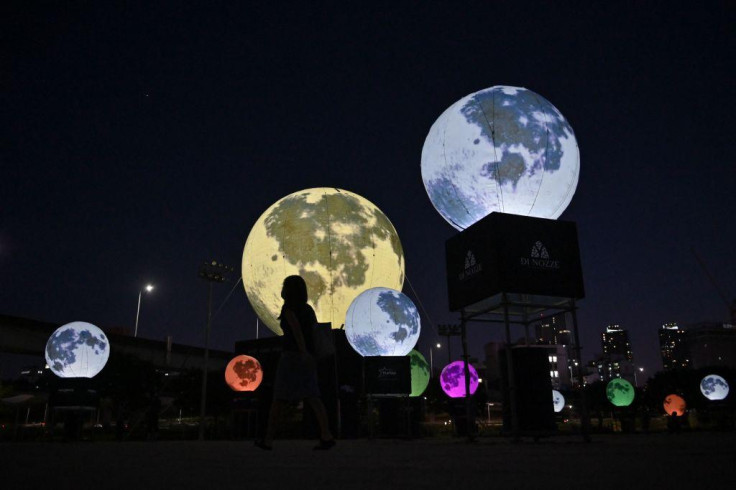Harvest Moon, Autumnal Equinox: This Week's Events Mark The Arrival Of Fall

This week will be the Harvest Moon and the autumnal equinox, marking the beginning of fall in the Northern Hemisphere.
The moon will reach peak illumination on Monday at 7:54 p.m. ET and will continue to appear full until Tuesday morning. This month's full moon is the Harvest Moon, which traditionally provided ample light for the farmers who were harvesting the crops they grew in the summer, The Old Farmer's Almanac explained.
However, unlike other full moon names, which depend on the month in which they appear, the Harvest Moon actually depends on which full moon is closest to the autumnal equinox or the day that marks the astronomical start of fall. This means the Harvest Moon isn't always the September full moon, as it can also be the October full moon, depending on the calendar.
It typically lands in September, the outlet noted, and with this year's autumnal equinox happening just two days later on Wednesday, this then makes Monday's full moon the Harvest Moon.
Among the many other names for the September full moon are the Fruit Moon, the Barley Moon and the Corn Moon, NASA noted. It also corresponds with the Chuseok Festival Moon in Korea and the Imo Meigetsu or the Potato Harvest Moon in Japan.
On the evening of the full moon, skywatchers may also spot Venus, which will be the brightest planet visible as the Evening Star, with the second brightest being Jupiter.
Autumn Begins in the Northern Hemisphere
With the autumnal equinox in the Northern Hemisphere, the sun will begin to rise later and the night will start to come sooner. In many regions in the Northern Hemisphere, this also means a drop in temperatures and the changing of the colors of the leaves from bright greens to reds, yellows and oranges.
Contrary to what some might believe, this change in the foliage is not due to the weather, the Old Farmer's Almanac noted. Instead, this is because of the changes in the amount of daylight and photosynthesis.
That said, although the autumnal equinox marks the "astronomical" first day of fall, meteorologically, the first day of fall was on Sept. 1. Furthermore, over to the Southern Hemisphere, Wednesday's equinox actually marks the first day of Spring. Their autumnal equinox this year was actually back on March 20.

Photo: JUNG YEON-JE/AFP via Getty Images






